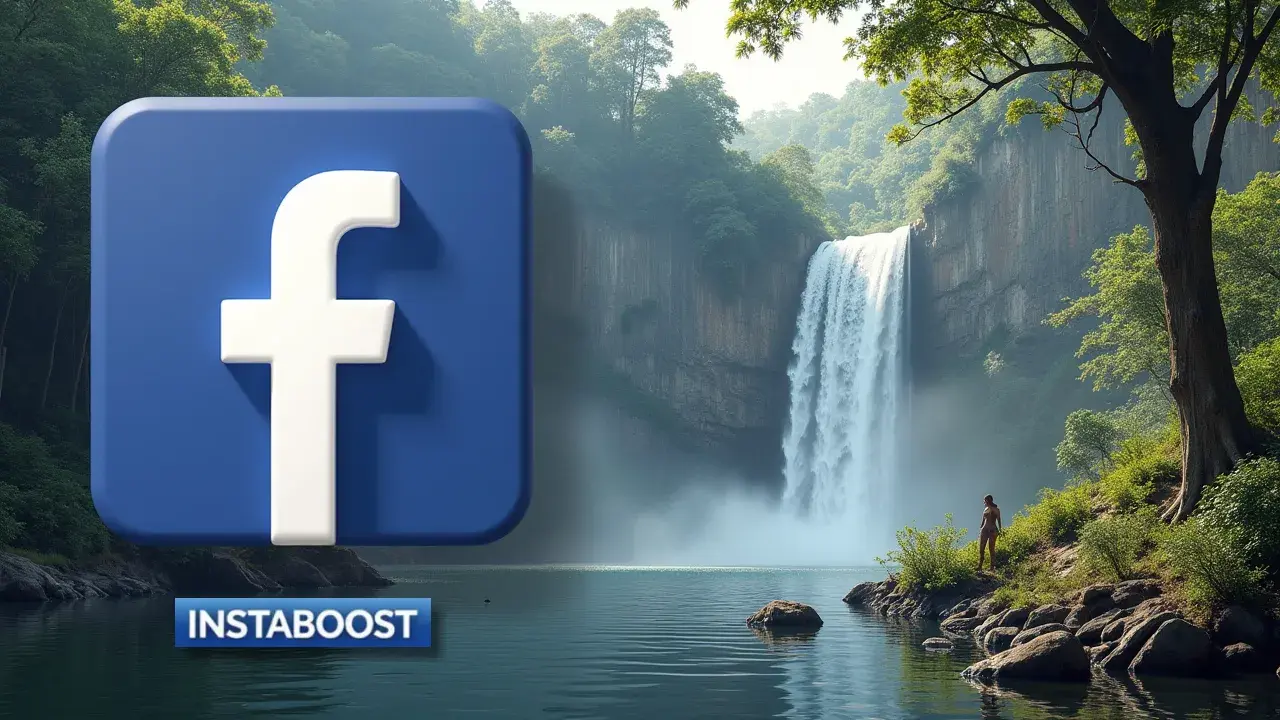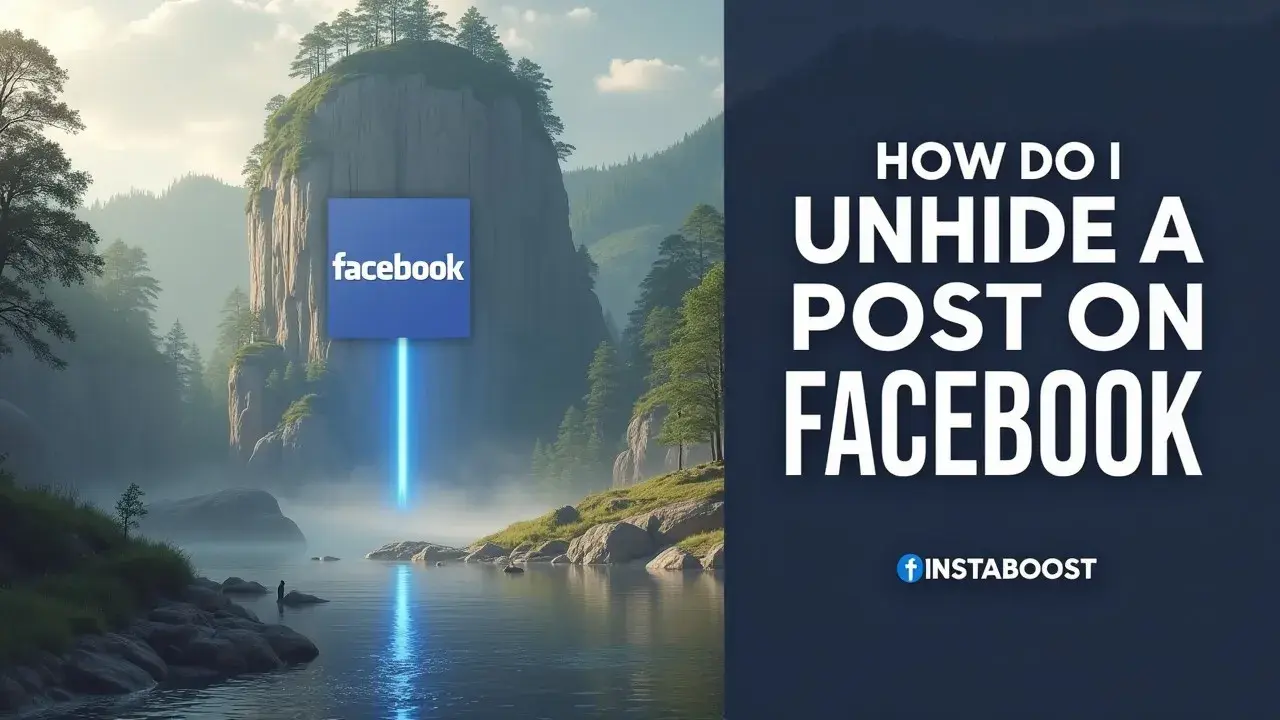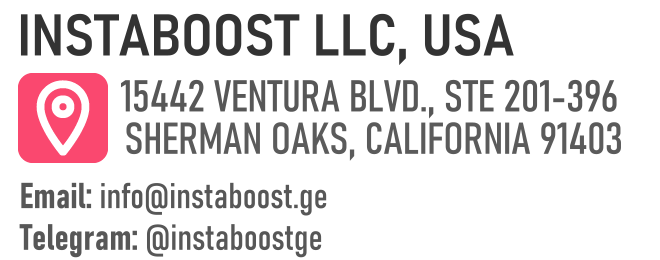Why Bringing a Post Back Can Boost, Not Break, Your Momentum
When you’re managing a profile or Page, the question isn’t just how to unhide a post on Facebook – it’s when doing so keeps your engagement intact and your feed coherent. Hidden posts don’t lose their reactions or comment threads. They’re simply tucked from public view. Unhiding restores visibility without resetting the social proof that helps a post perform in the algorithm. It works when a post was hidden for timing, sentiment checks, or a quick edit, and you’re ready to bring it back with context matched to your audience’s intent.
Pair the reappearance with light targeted promotion if the piece is still relevant, and watch retention signals like average watch time, meaningful comments, and saves; if you’re scaling workflows, consider how you might grow faster with smart Facebook tools without changing the post’s core.
Pair the reappearance with light targeted promotion if the piece is still relevant, and watch retention signals like average watch time, meaningful comments, and saves; if you’re scaling workflows, consider how you might grow faster with smart Facebook tools without changing the post’s core.
Clean analytics will tell you whether the re-entry lands. If privacy drove the decision to hide it, use audience controls instead of deletion. Set a tighter visibility segment or switch it to Friends before you unhide, then monitor reactions and adjust. For Pages, clarifying collaborators by tagging a creator or partner can reduce confusion and keep the thread constructive.
Unhiding works when you treat it as a continuity play, not a rerun – pin a related update, add a clarifying line in the caption, and reopen the conversation so existing commenters feel seen. This preserves early momentum and avoids fragmenting discussion across duplicate posts. If you’re also learning how to hide friends on Facebook or tune privacy lists, keep those safeguards active so you can protect sensitive connections while giving a solid post a second wind. The upshot is simple: restoring a post is less damage control and more calibration – quick, reversible, and measurable.
Unhiding works when you treat it as a continuity play, not a rerun – pin a related update, add a clarifying line in the caption, and reopen the conversation so existing commenters feel seen. This preserves early momentum and avoids fragmenting discussion across duplicate posts. If you’re also learning how to hide friends on Facebook or tune privacy lists, keep those safeguards active so you can protect sensitive connections while giving a solid post a second wind. The upshot is simple: restoring a post is less damage control and more calibration – quick, reversible, and measurable.

Proof That Unhiding Preserves Social Proof (and Why That Matters)
I used to think the same thing until the data changed my mind. When we pulled week-over-week numbers across a client’s Page, posts that were briefly hidden and then restored didn’t just come back. They rebuilt their reach curves within 6 – 12 hours because reactions and comment velocity were still intact.
That’s what most people miss about how to unhide a post on Facebook: you’re not starting over, you’re reactivating existing retention signals. The algorithm reads real comments and saves as quality indicators, so if the content still matches audience intent, unhide works like a nudge, not a reset. It works when you pair the move with clean analytics – mark the hide/unhide window in your notes so you can attribute lift correctly – and use targeted promotion from reputable partners only if the post already shows solid dwell time, and never confuse that with shortcuts like buy followers for Facebook group, which don’t sustain comment quality or audience fit.
For Pages, creator collabs can compound the effect. A quick Story reshare from a collaborator can recap context and restart conversation without muddying the thread. If you’re privacy-tuning elsewhere – say you hide friends on Facebook or adjust audience lists – keep those safeguards and refine the post’s audience on unhide to align with who actually engages. The smart play is timing and fit. Bring it back when your audience is active, pin temporarily if the feed feels busy, and monitor comment quality, not just count. Done this way, the move keeps momentum intact and avoids cannibalizing reach with a duplicate post. The quiet advantage is that unhiding is a lightweight correction that preserves social proof while keeping your testing loop alive, so you learn faster without burning creative or confusing your feed.
Timing Your Unhide for Maximum Carry-Over Reach
Even a solid plan can wobble if the priorities are off. When you bring a post back, time it and frame it to build on the momentum you already have – social proof, comment velocity, and the segments most likely to re-engage. Treat unhide windows like ad delivery. Match your audience’s active hours and avoid colliding with your next story or Reel. Before you unhide, tighten the post for clarity. Refresh the caption, swap the thumbnail if it’s a video, and pin one value-adding comment that recaps the thread so latecomers get the gist fast.
If the post supports a current launch or partnership, pair the unhide with light, reputable boosts – small, targeted promotion to warm audiences that have engaged with similar content – so you’re amplifying retention signals, not faking them. For Pages, try a creator collab tag or a crosspost to a partner Page to spark authentic comments. For personal profiles, a short follow-up comment or a thoughtful answer to a top question nudges the thread back into feeds.
Keep your analytics clean. Note the unhide time in your tracking sheet, then watch 6 – 12 hour reach curves and comment rate deltas to confirm lift without blending it with other posts. It works when you treat unhiding as a controlled test, not a panic button – one lever in a tight loop of timing, fit, and measurement.
If risks exist, like overlap with a sensitive update, set safeguards. Temporarily pause scheduled posts, filter out conflicting ad sets, and confirm that privacy settings match intent (public vs. friends). In crowded niches, even small external signals can skew your read, so be wary of services that promise volume without context, including places where people buy buy Facebook likes cheap that mask real engagement and muddy your lift analysis. Done this way, you keep the feed coherent, protect early momentum, and help the algorithm read a live, relevant signal instead of a reset.
Counterintuitive, But Not Counterproductive
This might not look like progress, but it can be. If hiding and then unhiding a Facebook post feels like indecision or a hit to credibility, reframe it as quality control in motion. The platform values retention signals and conversation integrity more than uninterrupted visibility. Your reactions and comment threads stay put even if you pause distribution.
The common worry is, “Won’t the algorithm penalize me?” It depends on what you do next. Bring the post back during your audience’s peak hours, seed it with one or two creator collabs or authentic replies to restart comment velocity, and avoid overlapping it with your next Reel or story. That compounds the social proof you already banked and often beats letting a poorly timed post limp along. If you need paid support, use a small, well-targeted boost from a reputable account structure, retarget prior engagers, and exclude cold audiences to protect your analytics; some folks even sanity-check their approach after reading pieces like grow fast: buy Facebook views without changing their core principles.
You’re not masking weakness. You’re concentrating momentum where it counts. Keep a tidy testing loop. Annotate the hide and unhide in your content calendar, snapshot Insights before and after, and track carry-over reach against a similar post you didn’t pause. If privacy or list hygiene is part of your workflow, like hiding friends on Facebook or adjusting audience lists, make those changes first, then unhide so visibility matches intent. The non-obvious upside is that a brief hide can reset context. Update the caption to clarify value, pin a helpful comment, and answer one critical question before re-entry. That pairing – clear framing plus existing social proof – makes the comeback feel intentional, not erratic.
Turn the Unhide into a Signal Boost
Treat the unhide like a clean reset that makes the post worth seeing again. Make the return obvious. Pin it for a day, refresh the first comment with a short update, and tag collaborators who add real context. If you have budget, pair the unhide with a targeted promotion window aimed at warm audiences – engagers and video viewers from the past 30 – 90 days – so you amplify retention signals instead of starting cold. It works when your measurement is clean; annotate the unhide time in your analytics, separate paid from organic in the same window, and watch for comment velocity and dwell time climbing back toward pre-hide levels.
If credibility is a concern, frame the return with a quick why like updated details, fixed a typo, or added FAQs, so the conversation keeps its integrity and your Facebook post keeps social proof. A small creator collab can compound this, and co-comments or a brief Live can re-warm the thread without spamming while you circulate your Facebook content faster by consolidating attention on one revived post. Avoid stacking new posts on top. Give it a clear runway by pausing nonessential Stories or Reels for a few hours. If you’re testing, run two adjacent audiences and rotate unhide timing to see which cohort re-engages faster, then keep that loop for future posts. The smart path isn’t to hide or unhide more. It’s to match the move to intent, timing, and fit. Done this way, you won’t just recover reach – you’ll concentrate it, which is the lever for carry-over engagement and smoother feed ranking in the days after you unhide a post on Facebook.















